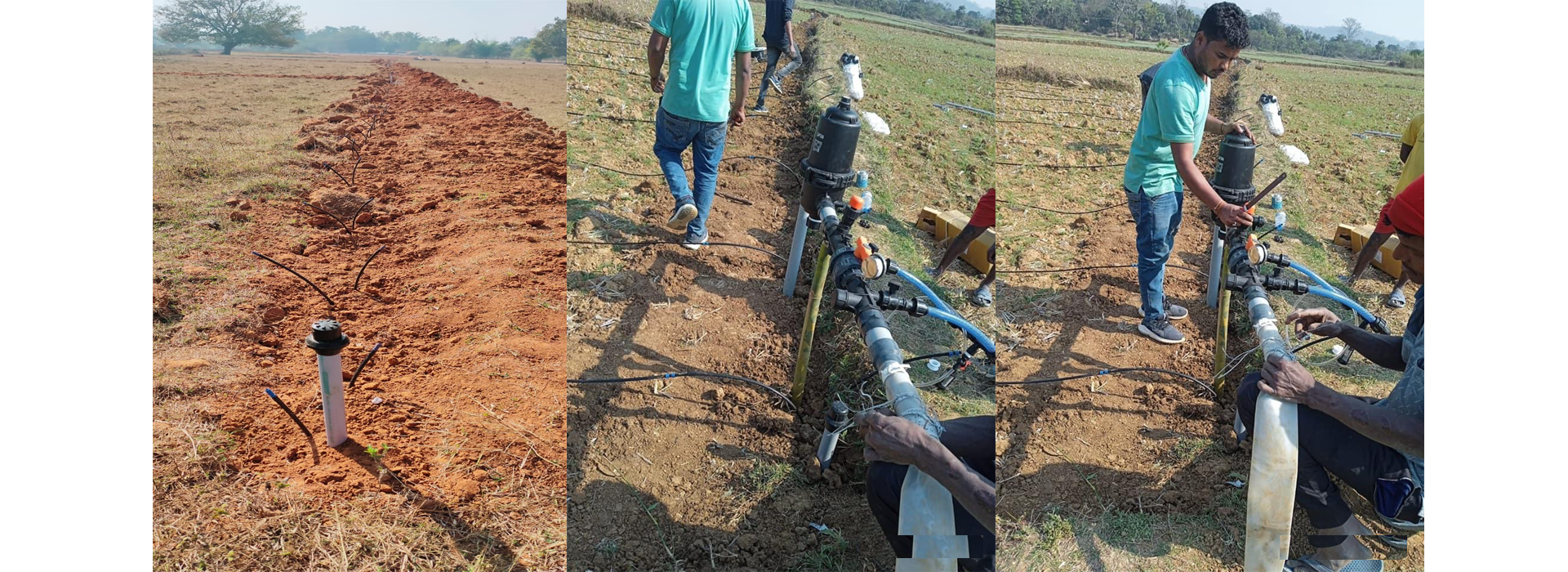Drip irrigation is an efficient and precise method of watering plants by delivering water directly to the root zone of individual plants through a network of tubes, pipes, valves, and emitters. In this system, water is supplied at a slow and controlled rate, reducing water wastage and ensuring that plants receive the right amount of water they need for healthy growth. Drip irrigation is widely used in agriculture, horticulture, landscaping, and gardening for its numerous benefits: Water Efficiency: Drip irrigation significantly reduces water wastage as it delivers water directly to the plant roots. Unlike traditional irrigation methods, such as flooding or sprinkler irrigation, there is minimal evaporation and runoff. Consistent Water Supply: Drip systems provide a consistent and uniform water supply to each plant, promoting even growth and preventing under or overwatering. Improved Plant Health: Drip irrigation prevents water from coming into contact with the foliage, reducing the risk of fungal diseases and waterborne pathogens. Reduced Weed Growth: Since water is targeted to the plant roots, there is less moisture in the surrounding soil, which can help suppress weed growth. Flexibility and Adaptability: Drip systems can be easily customized to accommodate various crop types, planting layouts, and soil types. They are suitable for both small and large-scale farming. Energy Savings: Drip irrigation systems typically require lower water pressure compared to traditional irrigation methods, resulting in energy savings, especially when using pumps for water delivery. Fertilizer Application: Some drip systems can be designed to deliver fertilizers along with water directly to the root zone, ensuring efficient nutrient uptake by plants. Soil Erosion Control: Drip irrigation helps prevent soil erosion since water is delivered gently to the soil surface without causing runoff. Suitable for Sloped and Irregular Terrain: Drip systems can be installed on sloped or irregular terrains, making them suitable for challenging landscapes. Labor Savings: Once installed, drip irrigation systems require less labor for operation and maintenance compared to other irrigation methods. While drip irrigation offers numerous advantages, there are also some considerations to keep in mind. The initial setup cost of a drip system can be higher than traditional irrigation methods, and proper maintenance is essential to prevent clogging of emitters and ensure the system's efficient functioning. However, the long-term water savings and improved crop productivity often outweigh the initial investment, making drip irrigation a popular choice for sustainable and water-efficient agriculture.

